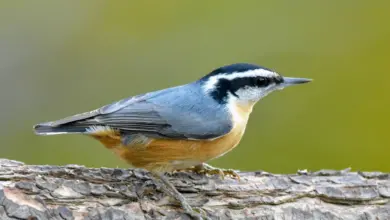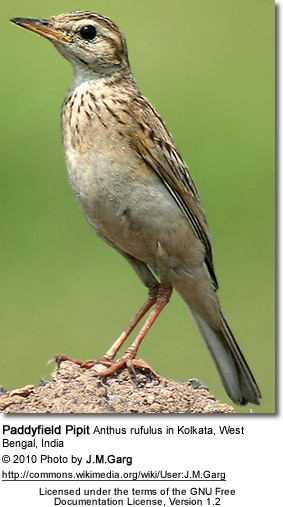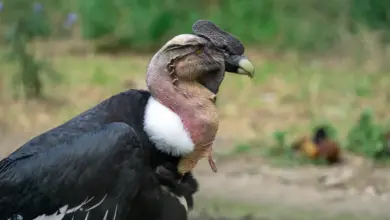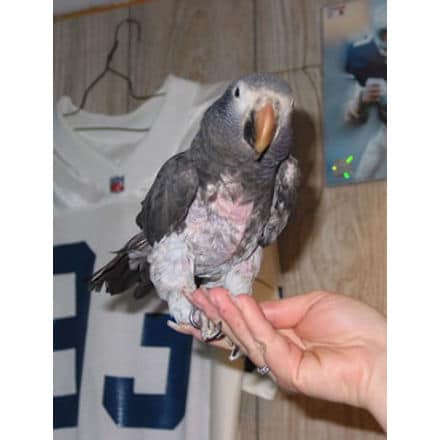Campbell Island Teals
The Campbell Island Teals (Anas nesiotis) is a small, flightless, nocturnal species of dabbling duck of the genus Anas that is endemic to Campbell Island group of New Zealand. It is sometimes considered conspecific with the Brown Teal (of, or belonging to, the same species).
Description:
The plumage is similar to that of the Auckland Teal, dark sepia with the head and back tinged with green iridescence, and a chestnut breast on the male, with the female dark brown all over.
Its natural habitat is tussock grassland dominated by Poa tussock grass, ferns and megaherbs. The species also uses the burrows and pathways of petrel species that nest on the islands.
They are apparently territorial in the wild, and probably feed on amphipods and insects
Conservation
The Campbell Island Teals is critically endangered, with a wild population of possibly less than 50 birds. Once found on Campbell Island, it was driven to extinction there by the introduction of Norway Rats (which ate their eggs and chicks), and was for a while presumed extinct. In 1975 it was rediscovered on Dent Island, a small (23 hectare) islet near Campbell that had remained rat-free. The population was so small that a single event could have driven it to complete extinction; to prevent this from happening, 11 individuals were taken into captivity by the Department of Conservation for captive breeding at the Mt Bruce Wildlife Centre in 1984 while the rest followed in 1990. They were also put on the list of critically endangered species in 1979.
Captive breeding was initially very difficult to achieve, as no studies on the behaviour of the species had been carried out in the wild and “staff [at Mount Bruce] thus had to experiment with a range of techniques to encourage breeding. Success came in 1994 when Daisy, the only wild origin female to ever lay eggs in captivity, finally accepted a mate. Subsequently, breeding has occurred every year – wild origin males contributed genes by pairing with captive raised females.”
A small population of 25 captive-bred individuals was released on Codfish Island in 1999 and 2000, already intensively managed and pest-free as an important habitat for the critically endangered Kakapo. In the final phase of the ecological restoration of Campbell Island (cattle, sheep and cats had already been removed), the world’s largest rat eradication campaign was undertaken by helicopter drops of more than 120 tonnes of poisoned bait over the entirety of the island’s 11,331 hectare area in 2001; this operation successfully removed what was estimated to be the world’s densest population of Norway rats (200,000) from Campbell Island and it was officially declared rat free in 2003. Fifty Campbell Island Teal, a mix of captive-bred and wild-acclimatised animals (from Codfish), were reintroduced to Campbell Island in mid 2004, after an absence of more than a century. Subsequent monitoring in 2005 has shown that the majority of these birds are now thriving in their ancestral homeland.
Copyright: Wikipedia. This article is licensed under the GNU Free Documentation License. It uses material from Wikipedia.org … Additional information and photos added by Avianweb.
Relevant Resources
Diet / Feeding:
Ducks feed on larvae and pupae usually found under rocks, aquatic animals, plant material, seeds, small fish, snails, and crabs.
Instead of “teeth,” ducks have serrations (saw-like edges) on their bills that allow them to filter food out of the water.
Captive birds are often fed commercially prepared duck food pellets – if there are insufficient natural resources available to sustain them. As they feed on insects, they are very useful in ridding gardens or lawns of harmful bugs.
Feeding Ducks …
We all enjoy these beautiful birds and many of us offer them food to encourage them to come over and stay around – and it works! Who doesn’t like an easy meal!
However, the foods that we traditionally feed them at local ponds are utterly unsuitable for them and are likely to cause health problems down the road. Also, there may be local laws against feeding this species of bird – so it’s best to check on that rather than facing consequences at a later stage.
- Foods that can be fed to Ducks, Geese and Swans to survive cold winters and remain healthy when food is scarce in their environment.
Please note that feeding ducks and geese makes them dependent on humans for food, which can result in starvation and possibly death when those feedings stop. If you decide to feed them, please limit the quantity to make sure that they maintain their natural ability to forage for food themselves – providing, of course, that natural food sources are available.
Please Note: The articles or images on this page are the sole property of the authors or photographers. Please contact them directly with respect to any copyright or licensing questions. Thank you.





